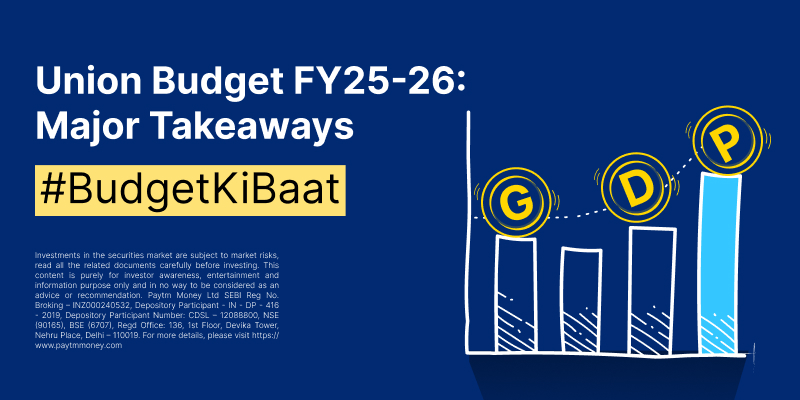“Happy” Wali Diwali for The Aviation Sector3 min read
Globally, the aviation sector had been reeling under pressure given the travel curbs owing to Covid19-induced lockdown. However, since May 25, as the Indian government lifted the restrictions and allowed domestic flights to resume their operations, there has been a steady rise in passenger traffic.
Initially, airlines were permitted to operate at 33% of their pre-COVID domestic flights. The limit on the number of flights was gradually increased up to 70%.
As the festivities drew nearer, people rushed to their native places and made travel plans leading to the highest ever footfall on airports ahead of Diwali.
Upbeat Airport Footfalls Amid WFH Diwali
This year Diwali was a lot brighter as people had the flexibility to Work From Home (WFH) and travel to their hometowns, for a longer period.
It brought cheers to the otherwise coronavirus-affected aviation industry, with airlines witnessing record passenger volume during the current season.
Union Civil Aviation Minister Hardeep Singh Puri, in a tweet, congratulated the country for achieving this milestone.
While expressing his views on the micro-blogging site he said that “On this joyous occasion, domestic aviation operations in the country touched a new high. 2,25,097 passengers on 1,903 flights. Total flight movements 3,809. Footfalls at airports 4,47,870.”
Puri usually updates the daily footfall numbers on Twitter. As per his latest tweet, on Nov 18, 1,892 flights carried 2,21,366 passengers with total flight movements of 3,786 that led to a footfall of 4,44,022. It shows a steady increase in domestic flights & passenger footfalls.
Markets Enlivened By Rising Footfalls
During Diwali week i.e from Nov 11 to Nov 18, major domestic carriers SpiceJet and InterGlobe Aviation (IndiGo) were up 23% & 5% respectively on BSE.
GMR Infrastructure ended Rs. 25.60, up 5.35% on Nov 18. On the other hand, it was up 4% in the Diwali week. GMR Group presently owns and operates Delhi International Airport and Hyderabad International Airport.
Yeh Diwali Travel Wali
Market experts reportedly believe that the easing of lockdown and a spurt in travel due to the festive season shot up the bookings.
Flight bookings have reportedly surged in the days leading to Diwali as customers travel to spend some time with friends and relatives during the festival of lights. While bookings had increased by 15% Week-On-Week, more than half of the tickets booked were for travel within two weeks of Diwali.
However, travelers are still reluctant to book a return flight probably because the WFH norms or the restrictions around COVID-19 are still playing in their minds.
Media reports said that one-way trips accounted for 76% of the bookings between November 9 and November 16. This indicates that most customers prefer to have flexibility in travel plans and are booking closer to the date of travel.
WFH Effect
While addressing travel patterns during this Diwali, online portal Cleartrip.com reportedly said, “Last year’s top routes during Diwali were dominated by routes between Mumbai, Delhi, and Bangalore.”
“This year, we see routes from business centers in the west and south to destinations in the north and east feature in the top 10 routes. These routes include Delhi-Patna, Mumbai-Varanasi, and Bangalore-Patna. This trend indicates that customers this year are preferring to return home and spend time with their families,” the online portal added.
Busy Airports Bustled With Travellers
Ahead of Diwali on Friday, Nov 13, airports in Mumbai and Delhi, which are the country’s busiest terminals, saw seat occupancy going to 70% from 60-65% earlier, as per media reports.
“Month-On-Month we are seeing an improvement in traffic. The business in Diwali has been better than Dussehra,” the report said. The national capital witnessed a footfall of 81,570 passengers, while Mumbai saw 46,442 passengers traveling via airlines on Friday, Nov 13.
Fundamental & Technical Dose

Source: NSE and BSE




